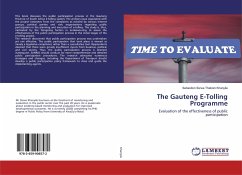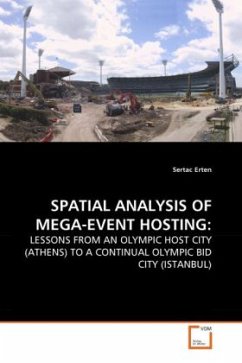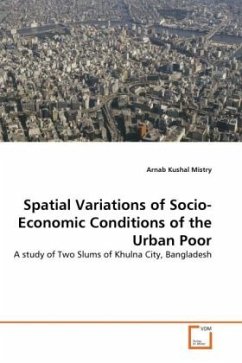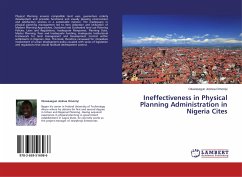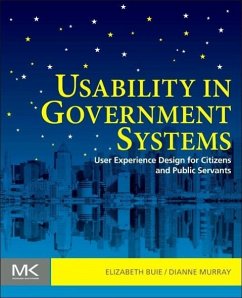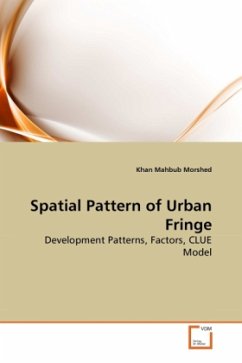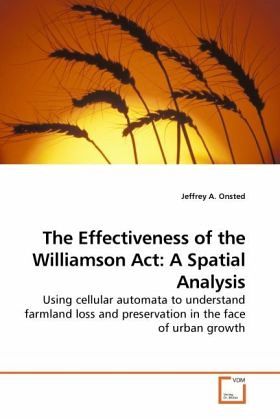
The Effectiveness of the Williamson Act: A Spatial Analysis
Using cellular automata to understand farmland loss and preservation in the face of urban growth
Versandkostenfrei!
Versandfertig in 6-10 Tagen
39,99 €
inkl. MwSt.

PAYBACK Punkte
20 °P sammeln!
In order to conserve farmland, voluntary differential tax assessment programs, such as California s Williamson Act, are widely utilized in the United States and elsewhere. However, despite the tax advantages offered, these programs must compete with the large sums of money that agricultural landowners stand to gain by developing their land. This temptation is exacerbated by difficulties farmers on the periphery of urban areas already face,especially friction with suburban neighbors. This monograph examines just how effective the Williamson Act has been in protecting farmland near urban areas b...
In order to conserve farmland, voluntary differential tax assessment programs, such as California s Williamson Act, are widely utilized in the United States and elsewhere. However, despite the tax advantages offered, these programs must compete with the large sums of money that agricultural landowners stand to gain by developing their land. This temptation is exacerbated by difficulties farmers on the periphery of urban areas already face,especially friction with suburban neighbors. This monograph examines just how effective the Williamson Act has been in protecting farmland near urban areas by tracking parcels entry into and exit from this Act in the path of urban expansion, then using this data to create a future scenario of Williamson Act lands using a cellular automata model. These results create a probabilistic regulatory landscape that is used, in turn, as an excluded layer for urban growth scenarios in the future. This research should be of interest to geographers, planners, policy makers, as well as farmers themselves.





